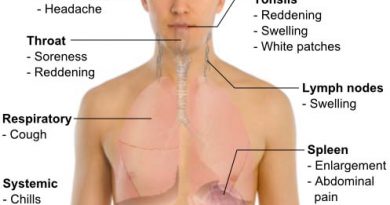World Health Organization confirms value of mobile health and telemedicine

Eight in 10 countries are using mobile phone technology to improve health services, from free emergency calls to appointment reminders, the World Health Organisation said on Tuesday.
The global health body found that only 19 of 114 countries surveyed had no mobile health initiative, known as mHealth.
“Eighty three percent are actually saying, yes we are involved with a minimum of one mHealth project,” said Misha Kay, who studies cellphone technology for the WHO.
But most of those countries have several projects running, he added.
“So what we’re seeing is a fairly healthy groundswell of activity, also considering that we believe that a lot of the reports were understated,” he said.
Popular
With more than five billion cellphone subscribers in the world, and 85% of the planet covered by a commercial wireless signal, mHealth is becoming a popular way to strengthen health services.
Speaking at a conference on mobile health in Cape Town, Kay said southeast Asia, the Americas and Europe had the most initiatives but around 75% of surveyed African countries were also using the technology.
Globally, the most common schemes for cellphones were call centres or help-lines, emergency toll-free numbers, and mobile telemedicine – such as doctors consulting one another.
Among the biggest barriers worldwide were cost, a lack of knowledge and health policies that did not recognise mHealth, the study found.
In Africa, the biggest impediments were operating costs and infrastructure, while in Europe concerns centred on the absence of legal guidelines on privacy and confidentiality.
The survey was based on data from a 2009 study by the WHO.
[SAPA]
Also view:
Are we failing many by condemning telemedicine as unethical?
Insurers not focusing on the benefits of mobile phones in Africa will miss out!




